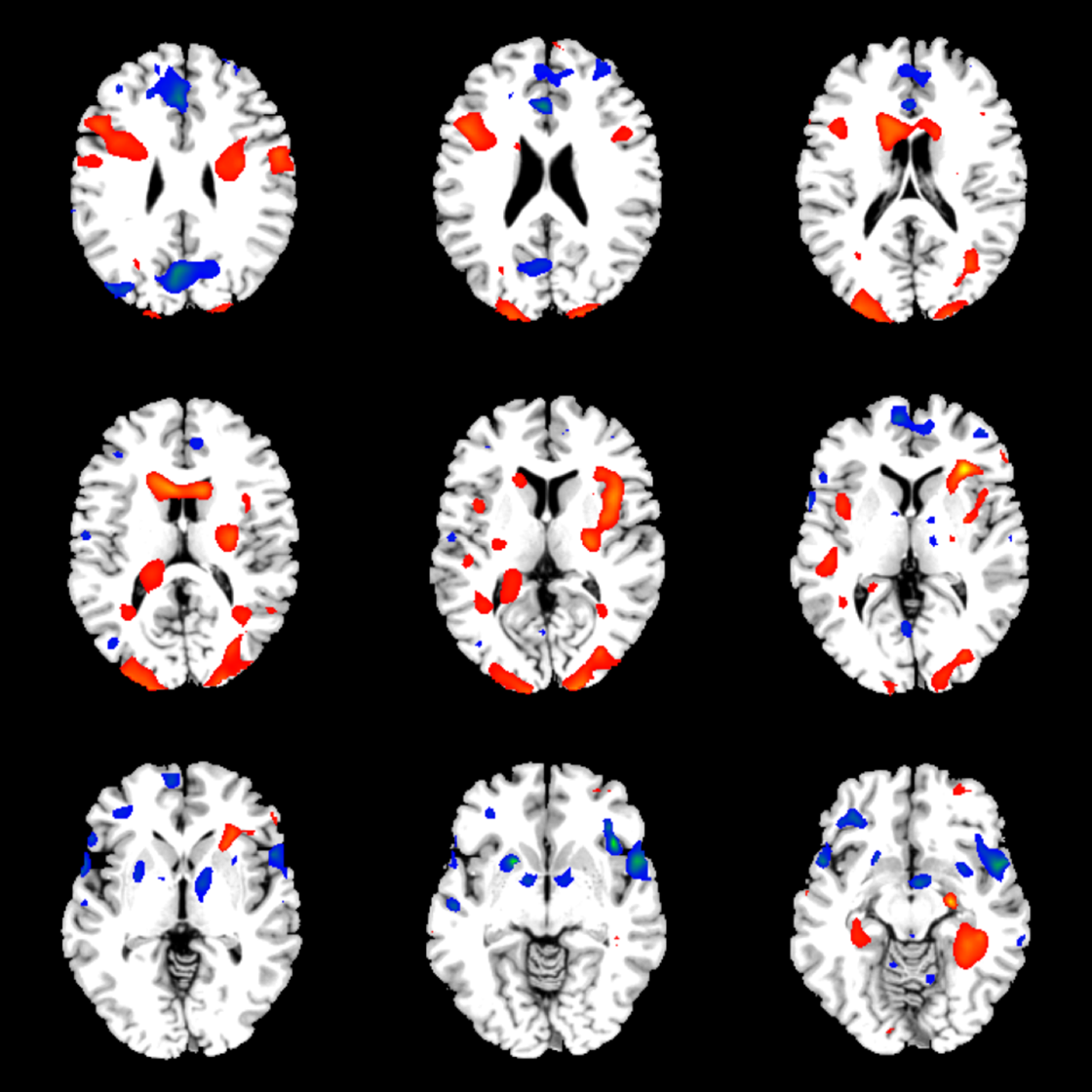Olfactory loss in Parkinson’s disease was reported for the first time in 1975 and a lot of research has since then been conducted on this field. Apart from Parkinson’s disease, there are other neurodegenerative disorders that share similar symptoms, but differ on pathological, clinical and genetic grounds (i.e. Lewy body disease, Multiple System Atrophy and Progressive Supranuclear Palsy). The differential diagnosis among these disorders can often be challenging. In my PhD-studies, I focus on how different imaging modalities can help us understand the underlying mechanism behind olfactory loss and how olfactory dysfunction can be a diagnostic tool.
In my first article, I compared the diagnostic accuracy of DaT SPECT and ordinary olfactory testing. SPECT stands for Single Photon Emission Computed Tomography, and DaT SPECT is a validated method in diagnosing Parkinsonian syndromes. The main findings of this study show that DaT SPECT has a higher predictive value than ordinary olfactory testing, but the combination of these two methods can increase the diagnostic accuracy.
 I am currently working with three different applications of Magnetic Resonance Imaging (MRI). Functional MRI can help us detect differences in the activation pattern of olfactory cortex. Moreover, with help of Diffusion Tensor Imaging, we can discover potential variations in the olfactory tract between parkinsonian patients. At last, Magnetization Transfer Ratio can identify changes in grey and white matter in Parkinson’s Disease.
I am currently working with three different applications of Magnetic Resonance Imaging (MRI). Functional MRI can help us detect differences in the activation pattern of olfactory cortex. Moreover, with help of Diffusion Tensor Imaging, we can discover potential variations in the olfactory tract between parkinsonian patients. At last, Magnetization Transfer Ratio can identify changes in grey and white matter in Parkinson’s Disease.

Besides my doctoral studies, I am a resident in Radiology at Linköping University Hospital and I plan to be specialized in Neuroradiology.



